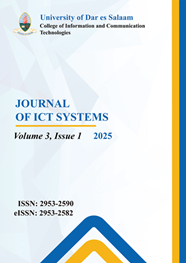Hybrid Dehazing Algorithm for Enhancing Quality of Homogeneous and Non-Homogeneous Hazy Images
Main Article Content
Abstract
Restoring high-quality images from hazy environments presents a significant challenge, particularly when dealing with both homogeneous and non-homogeneous haze images. Homogeneous haze is uniformly distributed, while non-homogeneous haze varies across the image, making it difficult for existing dehazing methods to balance image clarity, preserve fine details, and minimize artifacts, such as color distortion. To address these challenges, this study proposes a hybrid dehazing algorithm that integrates fusion based techniques with Dark Channel Prior (DCP) and guided filtering to enhance atmospheric light estimation and refine the transmission map. A multi-scale fusion process is then applied to recover scene radiance, enhancing visual quality. Performance tests on standard datasets, including RESIDE and NH-HAZE, demonstrate the algorithm’s effectiveness, outperforming other state-of-the-art methods, achieving an average Peak Signal-to Noise Ratio (PSNR) of 26.70 dB and an average Structural Similarity Index Measure (SSIM) of 0.8843. These results underscore the algorithm's effectiveness in improving image quality while maintaining computational efficiency.
Article Details

This work is licensed under a Creative Commons Attribution-NonCommercial-NoDerivatives 4.0 International License.

